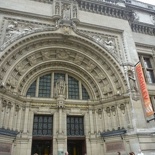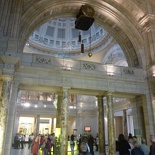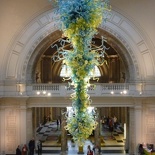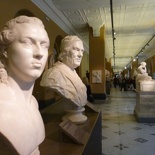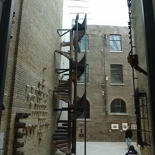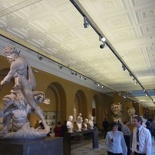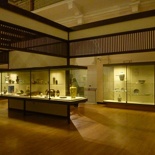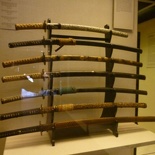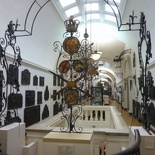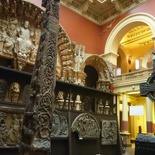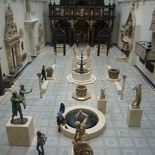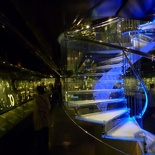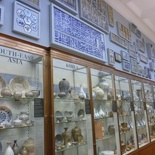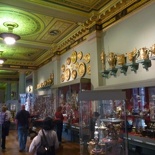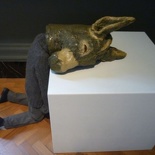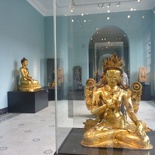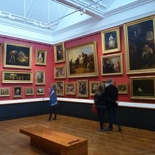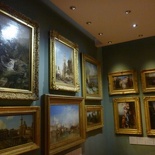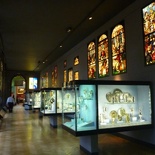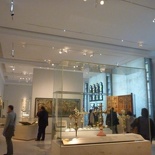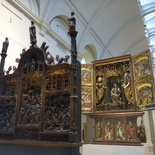If you fancy historical applied arts, decorative arts, and design, the Victoria & Albert Museum in London’s South Kensington is one to fancy. The museum is known in its short name as the V&A museum. The museum covers 5.1 hectares of space across floors and 145 mini galleries. The interior galleries are laid out in a logical fashion.
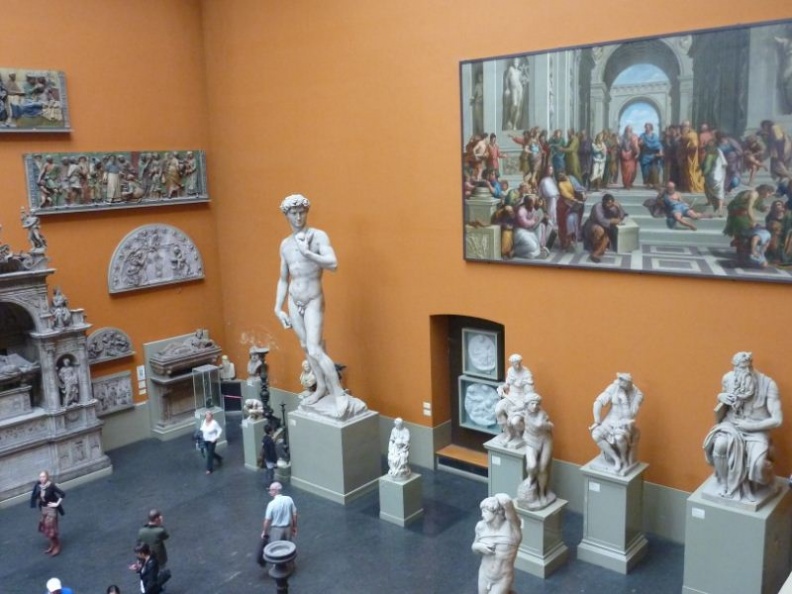
Moreover, the museum collection houses art from ancient times to the present day, some even up to 5000 years old.is home to a couple of Sculpture halls housed in a vast 2-3 floored bricked structure with a central courtyard. The museum had its official opening by Queen Victoria on 20 June 1857.
Furthermore, you enter through the Victoria & Albert museum’s grand entrance along Cromwell Road. This basement is also home to guest facilities such as a cloakroom and storage lockers. There is also a side exhibition road entrance and a basement passageway entrance from the underground tube station as well. This leads you to the basement European galleries. It houses items dated from AD 1600 to 1815 Europe, as well as Medieval and Renaissance items from AD 300-1500.
Also, sitting above the central lobby and reception area is a 11-metre high, blown glass chandelier made by artist Dale Chihuly. Also, it is made completely out of glass and was installed in 2000, as a focal point in the rotunda at the V&A’s main entrance. Like all museums here in the South Kensington district, entry to the museum is free and donations are appreciated.
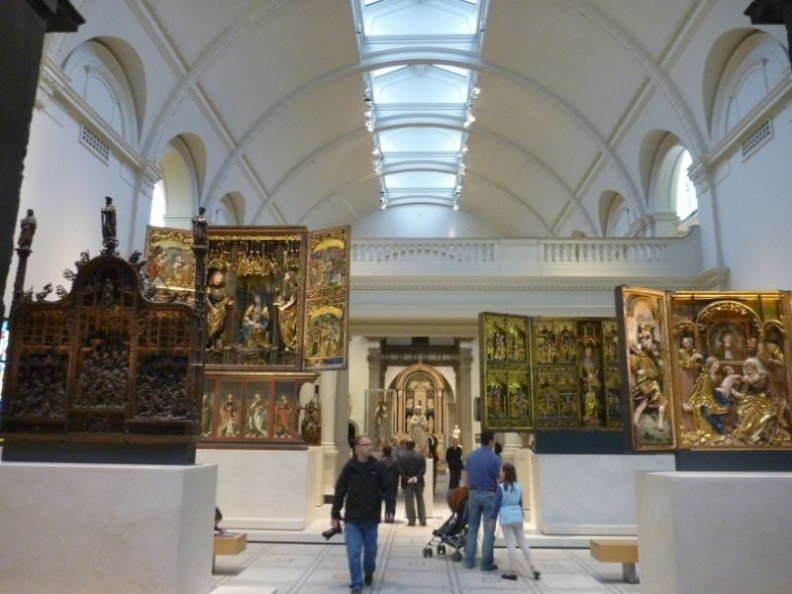
Asian and sculpture Galleries
Furthermore, the central sculpture court forms a direct passageway from the entrance central hall to the sculpture hall. It connects as a backbone several ground floor galleries housing Paintings & Drawings. This includes those dedicated to Asia, Islamic Middle East, Japan, Korea and South Asia.
Moreover, here in the Asian galleries, the Octagon court is frequently used to house fashion exhibits, also here you can find a selection of East Asian Fashion & Jewellery.
Additionally, I find the highlight on the ground floor is the sculpture gallery, it houses sculptures from 1300-1600 AD.
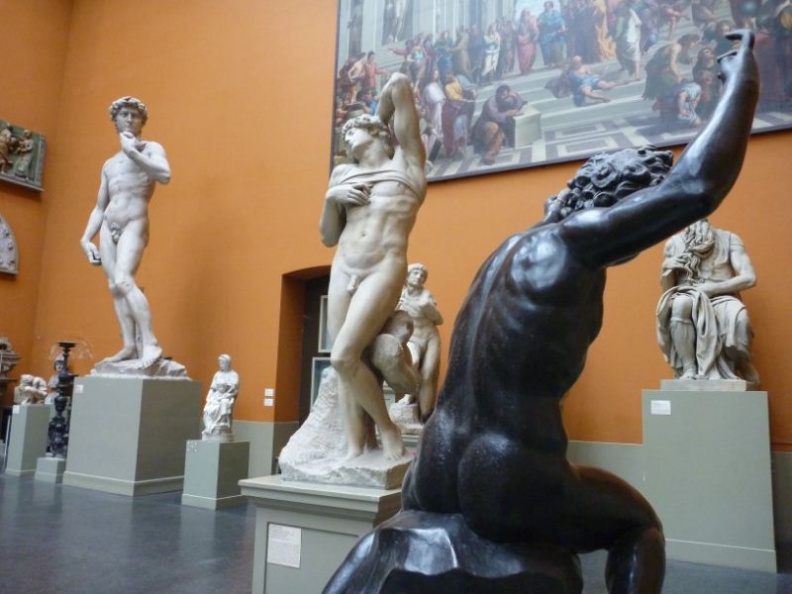
Here, you can find rows of marble and plaster sculptures lined along this window-lit long corridor, which serves as the main walkway to the galleries running east-west on the museum grounds.
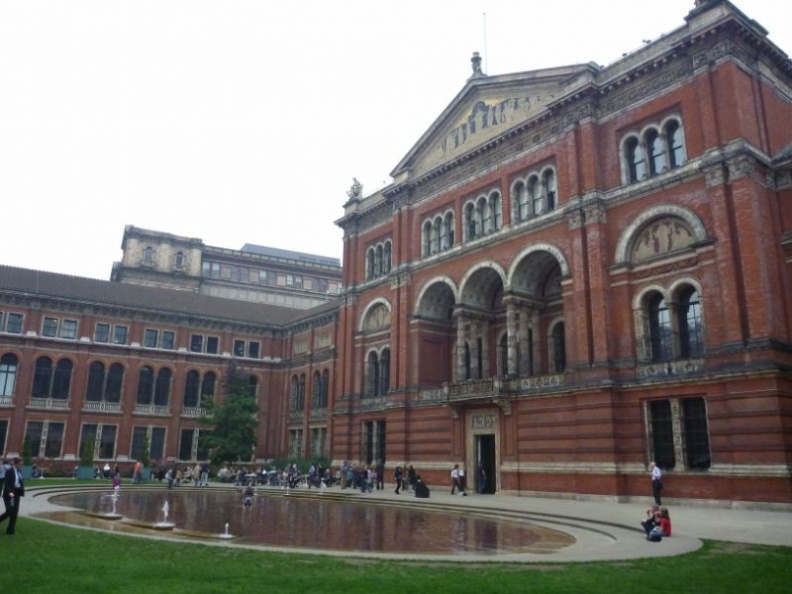
Also, the John Madejski Garden which runs parallel to the sculpture galleries. These gardens opened on 2005 and are popular in the summers where they are open with cafes and outdoor dining chairs for a picnic out.
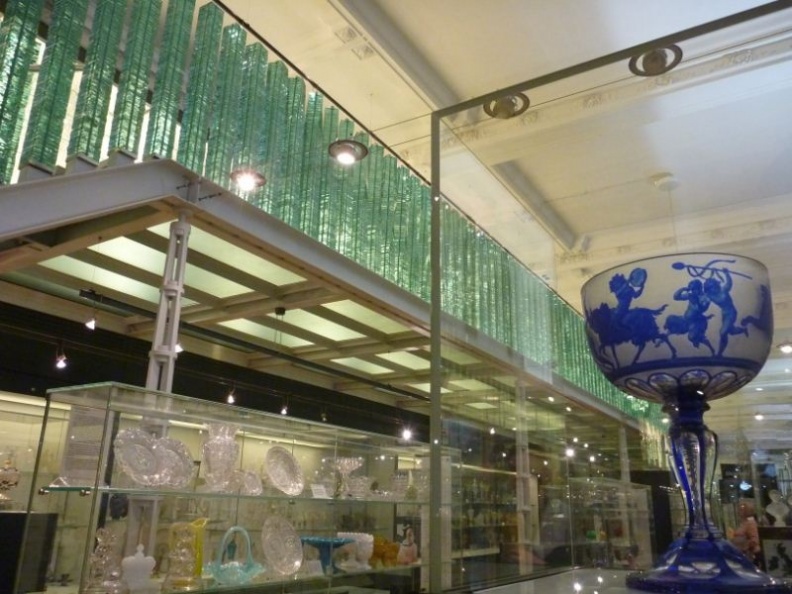
Also, the upper floors are home to a selection of minor, and less-frequented galleries on the museum. Most of the museum visitor crowds concentrate on the ground floor and sculpture galleries. Up here, you can find a curation of metalwork such as iron wrought gates.
European galleries
In addition, the upper floors are also home to the European galleries. It covers paintings from Europe in the Medieval and Renaissance periods from 1350 to 1600AS. Also, it includes artwork collections from the cultures of Europe, North America and Africa.
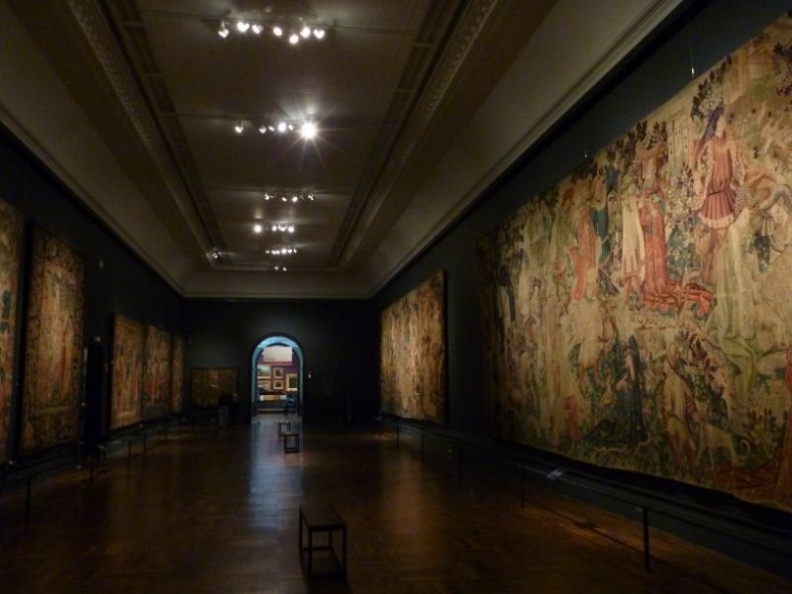
Also, this second floor galleries are home to displays of ceramics and glass, and a selection of lightweight battle armour like those worn by knights and cavalry. It occupies much of the top floor, running around the Victoria & Albert Museum John Madejski Garden.
Moreover, the museum cast courts are one of the few vast galleries within. Situated in the sky lit sculpture wing rooms, these two-storey tall galleries houses a mixed collection of large plaster casts, sculptures, friezes and tombs.
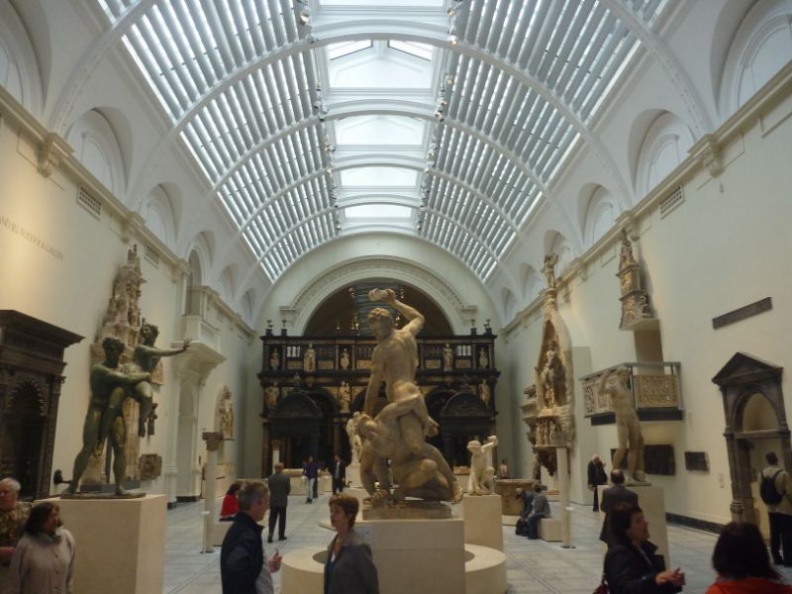
There are lesser crowds here, given its relatively remote location from the main galleries. Here, you can go about exploring the intricate cravings at your own time away from the crowds.
All in all, the V&A museum is one of my few favourite museums in the South Kingston museum district. Though the permanent exhibits do not change much, there is always something new to see each time I visit. There are plenty to see around here. You are good for up to an entire day (or about 4 hours) here. When you are done, in addition to the Victoria & Albert Museum, also do consider checking out two other notable nearby world-class museums such as the Natural history museum and the Science museum all beside each other in the South Kingston museum district.

